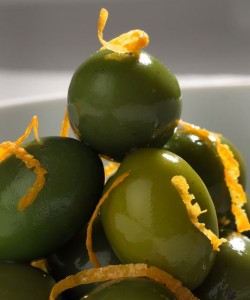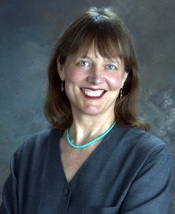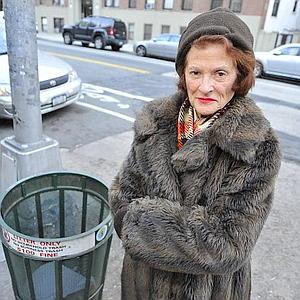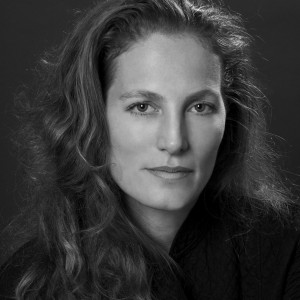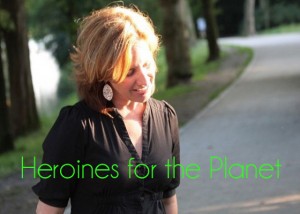
From Eco-Chick
Before Margaret Lydecker founded Green Drinks NYC in 2002, there wasn’t a place for Manhattan’s like-minded, eco-conscious professionals to get their networking on. Margaret changed that, and now many of us wouldn’t know what to do without her monthly events.
Whether you’re a dedicated monthly green drinker or not, you’ve in all likelihood heard of Green Drinks NYC, even if you don’t live or work in the Big Apple. Over the years, Margaret has aided in the launch of 200-plus chapters globally (there are now 800-plus chapters worldwide). She’s helped build the global Green Drinks brand, in the coolest way imaginable: by connecting green businesses and professionals at the local level.
I went to the most recent Green Drinks NYC, and observed Margaret calmly and graciously working the room. She’s the face of Green Drinks– never letting a name or a face slip her, which is highly impressive considering she has literally met thousands of individuals at her events over the past 10 years. But Margaret also runs the show, delegates to her staff and Green Drinks volunteers, and ensures every minor detail goes off without a hitch.
I wanted to get to know the woman behind Green Drinks NYC who has effectively connected so many people. Margaret revealed the challenges she’s faced, how her passion for sustainability began, her thoughts on greenwashers, and how she manages to keep it all together.
Read an interview with Margaret Lydecker at Eco-Chick
Continue reading... →
